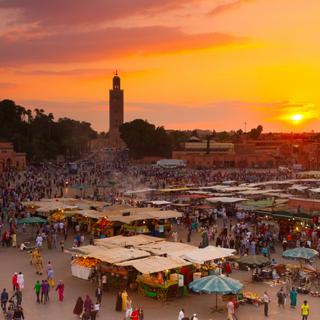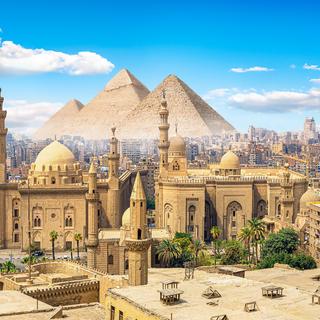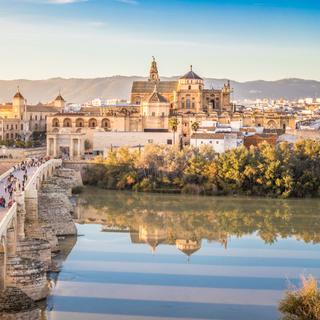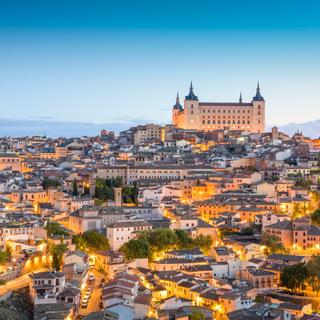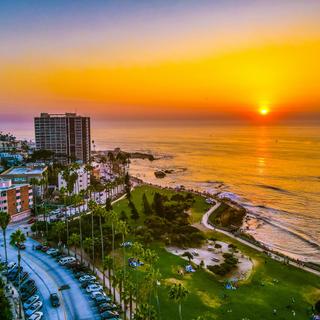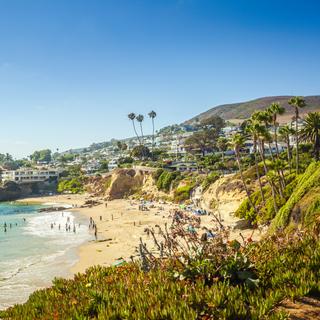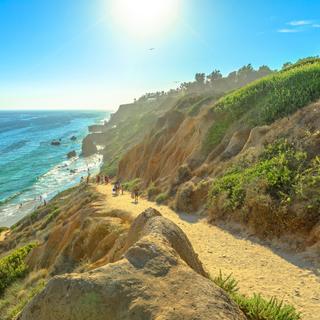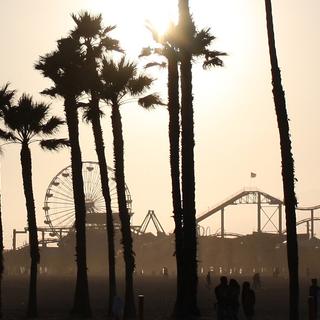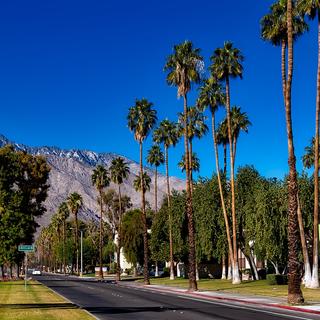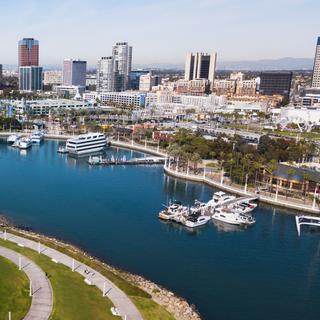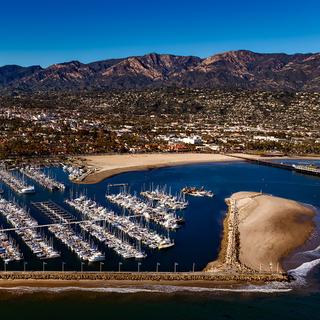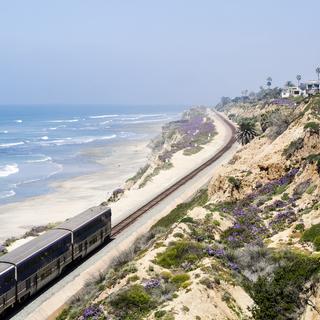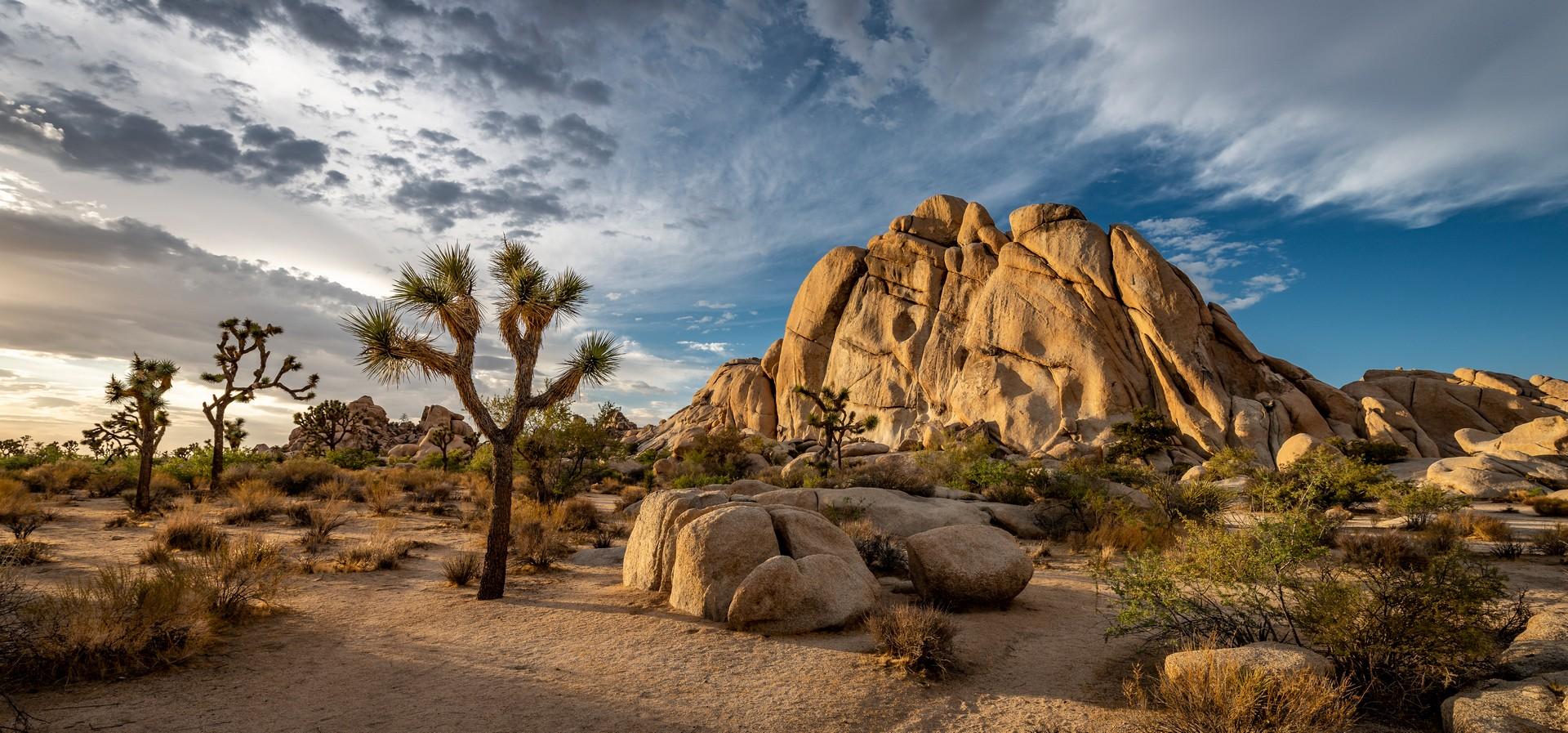
Joshua Tree National Park weather and climate

Joshua Tree National Park weather and climate
Day
37 °C
Night
21 °C
Precipitation
16 mm
in month
Rainy days
2 days
in month
Daylight
13 hours
average
Sunshine
11 hours
average
Humidity
50 %
Weather charts for Joshua Tree National Park
Destinations nearby and activities
Destinations nearby
Activities in Joshua Tree National Park

Find more destinations like this
Destinations with similar weather to Joshua Tree National Park
Other destinations in California - South coast
Closest cities for Joshua Tree National Park
Weather overview for Joshua Tree National Park
Weather overview
Within the unique landscapes of Joshua Tree National Park in the United States of America, visitors can experience a climate that is predominantly hot and arid. Daytime temperatures range significantly throughout the year, with averages ranging from a cool 16 °C (60 °F) in January to a scorching 37 °C (99 °F) during the peak of July. The transition from the least to the most precipitation-filled months is quite dramatic, with June barely seeing 0 days of rainfall, in stark contrast to February's significant 3 days of rain. As day succumbs to night, temperatures dip from a chilly 3 °C (37 °F) in January to a more moderate 21 °C (69 °F) in July. Delving into the weather nuances monthly will reveal more detailed aspects such as wind speed, numbers of sunny hours, and fluctuations in humidity.
January weather
In Joshua Tree National Park, the lowest daytime temperatures occur in January, reading a cool 16 °C (60 °F) and nights can be quite cold, dropping to 3 °C (37 °F). These observations mark the onset of the dry period.
February weather
The peak rainy days in Joshua Tree National Park happen in February, reaching 3 days. The daytime temperature begins a gradual ascent to 17 °C (63 °F), complimented by a subtle night temperature upturn. The initial increase in sunshine hours to 9 hours is also noted. This month signals the wrapping up of the dry season.
March weather
Continuing the ascending trend, March in Joshua Tree National Park welcomes daytime temperatures of about 20 °C (68 °F), with the night temperature also on the rise, averaging 6 °C (42 °F). Approaching the crescendo of the dry season, tourist activities commence. Sunnier days become more common, now totaling 9 hours.
April weather
Tourism nears its zenith under April's skies in Joshua Tree National Park, matched by a noticeable uplift in daytime temperatures reaching 24 °C (75 °F), coupled with a comfortable 9 °C (48 °F) at night. Falling rainfall accumulations peg at 7 mm (0.27 in), and the peak wind speed for the year hits 4.
May weather
As the dry season steadfastly ensues in May, the warmth intensifies with daytime highs of 29 °C (84 °F), and nocturnal temperatures follow suit, with an average of 13 °C (55 °F). The falling tendency of rainy days is encapsulated by 1 day of rainfall.
June weather
Tourism persists through the dry June in Joshua Tree National Park. The scant number of rainy days, at just 0 days, and minimal rainfall, coincide with a rise in both daytime temperatures and bright sunshine hours, which begin to increase.
July weather
Continued tourism and dryness define July at Joshua Tree National Park, marked by the year's highest daytime temperature of 37 °C (99 °F), and equally warm nights at 21 °C (69 °F). Rainy days begin a slight upward trend. Maximum sunny hours reach an impressive 12 hours.
August weather
The waning tourist season in August doesn't detract from the persistent dry climate. A decline in daytime temperatures is witnessed, and as rainy days slightly increase to 2 days, rainfall also ascends to 16 mm (0.62 in). A decline in sun hours is also predictable.
September weather
September's climate at Joshua Tree National Park exemplifies ideal conditions for visiting, thanks to a modest decrease in both daytime and nighttime temperatures, dipping rainfall, and plenty of sunshine, even as sunny hours begin to recede.
October weather
Enjoyable climatic conditions persist into October at Joshua Tree National Park, with a comfortable daytime temperature average and continued drying trend. Sun hours decrease modestly, reflecting the natural transition into autumn.
November weather
As the tourist season continues in November, the park's dry season also approaches its height. Evening temperatures draw in cooler air, and daytime temperatures remain congenial. The declining sunny hours mirror the gradual change in seasons.
December weather
With December's arrival, Joshua Tree National Park sees a noticeable increase in rainfall and a cooling trend for both day and night temperatures. The shortest sun hours are indicative of winter's commencement, while a rising humidity level suggests a shift in the air's moisture content.
FAQs
What are the temperature extremes during January in Joshua Tree National Park?
In January, one can expect daytime temperatures to average around 16 °C (60 °F), while nighttime lows typically drop to 3 °C (37 °F).
What can visitors anticipate in terms of February's weather in Joshua Tree National Park?
Visitors in February should prepare for an occasional shower with an average of 3 days of rainfall, but they will also enjoy increasing daylight hours and a moderate 17 °C (63 °F) day temperature.
How does the Joshua Tree National Park's climate evolve in March?
March sees a steady climb in temperatures with daytime highs averaging 20 °C (68 °F) and nighttime lows around 6 °C (42 °F). Longer and sunnier days speak to the impending tourist and dry season peak.
How does April's weather profile characterize Joshua Tree National Park?
April in Joshua Tree National Park is defined by a brisk wind with speeds averaging 4, a decrease in rainfall, and a pleasant increase in both day and night temperatures.
What weather can be experienced during May in Joshua Tree National Park?
Expect a continuation of the dry spell in May, with minimally rainy days amounting to just 1 day, amidst a backdrop of climbing temperatures that peak at 29 °C (84 °F) during the day.
What does June's weather look like in terms of sunshine and precipitation in Joshua Tree National Park?
June showcases an abundance of sun with approximately 11 hours of sunshine per day and rare rainfall events, tallying a meager 0 days.
How intense is the heat during July nights in Joshua Tree National Park?
July nights are warm, with temperatures averaging a balmy 21 °C (69 °F), highlighting the need for adaptable evening plans and climate-controlled accommodations.
What transition occurs in Joshua Tree National Park's weather in August?
August marks a period of transition where the number of rainy days gently rises to 2 days, daytime temperatures start to cool, and the duration of sun hours begins its descent.
What climatic conditions make September an appealing time for visitors to Joshua Tree National Park?
September's climatic appeal comes from its mild daytime highs of 34 °C (92 °F) and pleasant evenings averaging 17 °C (63 °F), complemented by a notable decrease in rainfall and sustained sunny conditions.
How does October's weather influence outdoor activities in Joshua Tree National Park?
October in Joshua Tree National Park provides a balance of warm and agreeable weather, creating a conducive atmosphere for outdoor pursuits with an average daytime temperature that is neither excessive nor inhibitive.
Can I expect favorable weather conditions for daytime exploration in Joshua Tree National Park during November?
November's weather is favorable for daytime activities with its enjoyable average temperature of 20 °C (69 °F), accommodating a wide range of outdoor experiences under bright, albeit shorter, days.
How does the weather shift at Joshua Tree National Park as winter approaches in December?
December introduces the winter mood with more frequent rain, averaging 3 days, cooler temperatures, particularly at night, and fewer hours of sunshine, signifying the deepest part of the dry season.
